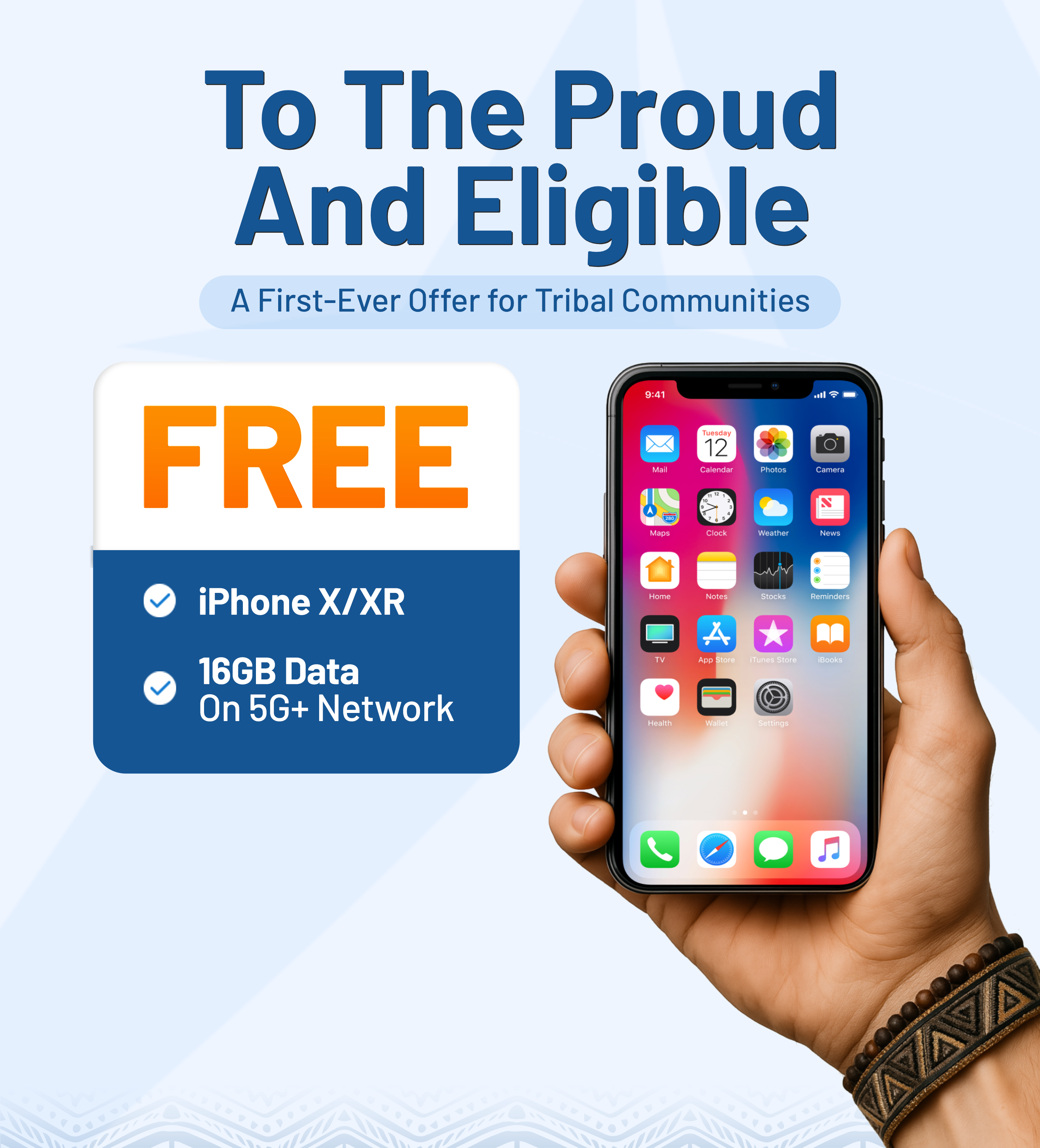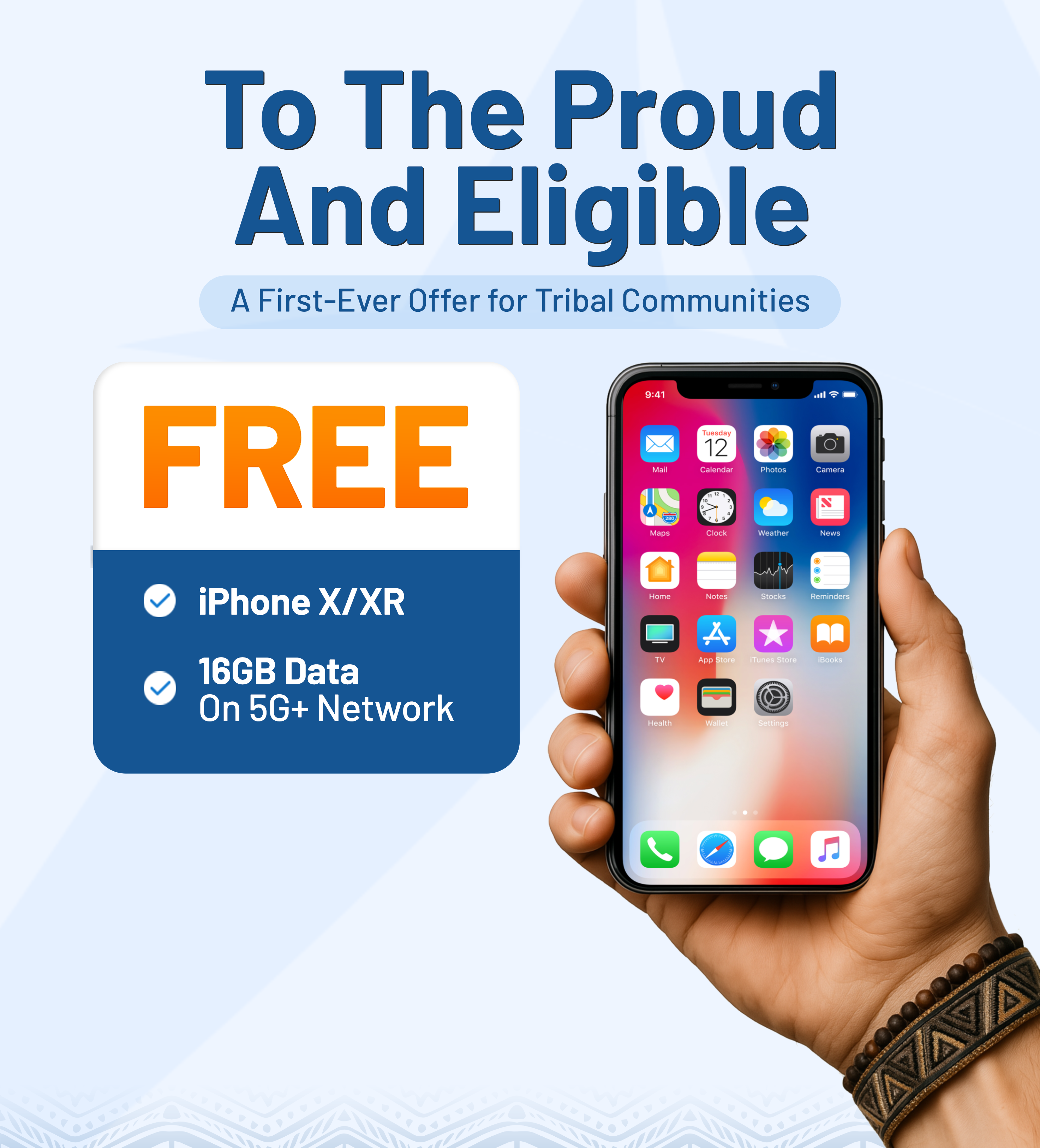Did you know that 92% of jobs today require some level of digital skills? In a world that’s increasingly driven by technology, digital literacy is no longer just a bonus. It’s now a necessity.
Therefore, whether you’re working, learning, or communicating, effectively navigating digital platforms is crucial. In this article, we will answer the question: What is digital literacy? Then, we’ll explore why it matters and how it impacts our daily lives in today’s digital-first world.
1. What Is Digital Literacy?
Are you confused of what is the meaning of digital literacy? Let’s explore digital literacy definition and examples.
In simple terms, digital literacy is the ability to navigate the digital world effectively by combining technical skills, reading, writing, and critical thinking.
We are living in a digital age. Therefore, this skill is essential for understanding how to use technology, such as smartphones to access information and communicate it effectively.
So, what are examples of digital literacy? There are various digital literacy examples in many everyday activities:
- Using smartphones for banking, online shopping, or making payments are common ways digital literacy is applied.
- In the workplace, digital literacy extends to remote work. This practice uses tools like video conferencing platforms or project management software.
- Digital literacy also encompasses online learning, where people use digital platforms to acquire new knowledge or skills.

In a broader sense, this skill empowers individuals to engage with and contribute to the digital world in an informed way. It’s no longer just about knowing how to use a computer. Instead, it involves navigating the vast amount of information, tools, and platforms that define our modern life.
Also read: What Is Digital Divide: 3 Types Of Digital Divide & Who Are Most Affected By Them?
2. What Are Types of Digital Literacy?
Digital literacy includes various types. Each type focuses on specific skills needed to navigate the digital world effectively. According to research carried by Educause association, there are five key types of digital literacy:
- Data Literacy: Data literacy involves the ability to understand, analyze, and use data absorbed from the digital world in meaningful ways. You should recognize the sources of data, interpret statistical findings and make data-driven decisions. For example, whenever you read data, you have to understand, analyze, and use it effectively. With the increasing availability of data in today’s world, being data literate is crucial for understanding the role of data in contexts such as business or public policy.
- Information Literacy: This term refers to the ability to locate, evaluate, and use information effectively. It’s essential as it helps you differentiate between credible and unreliable sources, understand the context of information, and use it responsibly for research, decision-making, and problem-solving.
- Visual Literacy: Visual literacy focuses on the ability to interpret, analyze, and create meaning from images, graphics, and other visual media. As visuals become more and more prevalent in digital communication, understanding how to engage with visual content is increasingly important. It’s because they can help convey and understand messages effectively.
- Media Literacy: Media literacy in the context of digital literacy means you can access, analyze, evaluate, and create media in various forms, including print, digital, and social media. This type of literacy helps individuals critically assess media messages and navigate the digital world responsibly.
- Metaliteracy: This is a complex term. Metaliteracy involves reflecting on and enhancing one’s own learning processes in digital environments. It emphasizes self-awareness in using digital tools and adapting to emerging technologies. This skill ensure individuals can continue learning and evolving in a constantly changing digital world.
3. Why Digital Literacy is Important?
Digital literacy is more crucial than ever – that’s the fact, undeniably. With nearly 5.32 billion people using the internet globally, as reported by Statista in 2024, digital skills have become essential for personal and professional growth.
However, according to NY Times, an estimated 60 million people in the U.S lack sufficient digital literacy skills to fully participate in today’s digital economy. This gap highlights the significance of digital literacy. Let’s check how the importance of digital literacy in three important aspects:
- The role of digital literacy in education is very important. It enables students to access a wealth of online resources, collaborate virtually and develop the skills needed for future careers. The World Economic Forum estimates that 65% of children entering primary school today will work in jobs that don’t exist yet. This prediction makes digital skills even more indispensable for future success.
- Why is digital literacy important in the workplace? For working, digital literacy is no longer optional. With the rise of remote work and digital collaboration tools, employers require employees who can effectively use technology to communicate, manage tasks, and solve problems. Also, most HR professionals today believe digital skills are critical for employees in today’s work environment.
- Technological literacy also impacts everyday life. It helps access essential services like banking, healthcare, and government programs. More and more services are moving online. Therefore, individuals without digital skills may struggle to take advantage of opportunities and resources. Furthermore, digital literacy helps people stay informed, communicate, and stay safe online.

4. Explore Global Efforts to Bridge the Digital Divide
The digital divide remains a significant barrier for many communities worldwide. To tackle this issue, various global initiatives have been working hard to promote digital literacy and provide the necessary resources to underserved populations.
The US’s federal Lifeline program is a great example. Since it was first launched in 1985, Linelife has helped provide phones and internet access to people in need across all states. However, they are not sufficient on their own. Access to technology is only one part of the equation, digital literacy skills are equally important.
There are some other examples of how global organizations are striving for enhancing the digital literacy skills:
- UNICEF’s Digital Literacy Campaign (Bulgaria, 2021):
This campaign aims to equip children with the necessary skills to navigate the digital world. It focuses on fostering critical thinking and empowering the younger generation to use technology responsibly and effectively. They use the interactive learning platform called Cyber Survivor application. This way, Bulgaria’s young people are well-prepared for future opportunities.
- California’s Digital Inclusion Programs
In California, the state offers Digital Inclusion Programs like CDA Digital Connections Program and CDA Access to Technology. These programs are designed to help older adults, people with disabilities, and low-income individuals access technology and gain digital literacy skills.
They provide essential resources to help participants become more confident and competent in using the internet. This support is essential for accessing services and staying connected.
This is a four-year program in Ethiopia implemented by UNCDF. It focuses on improving digital literacy, especially among youth, to empower them to participate in the digital economy. The country’s Digital Ethiopia Strategy targets achieving 70% digital literacy nationally by 2025.
With this campaign, this target is now not an impossible task. In fact, by enhancing digital skills, this campaign helps to build resilience and increase financial inclusion in rural areas effectively.
- TikTok’s #ThinkTwice Campaign (Malaysia)
TikTok, a global social platform with significant impact, also joined the task to promote digital literacy. Their campaign is #ThinkTwice campaign in Malaysia. It encourages users to think critically about the content they consume and share. They aim to promote responsible digital citizenship.
- The Guardian’s Digital Literacy Campaign
This campaign of The Guardian is a worth mentioning example. It helps upgrade computer science, IT and technology teaching in schools. This way, it ensures the younger generation is better equipped for a better future.
These efforts represent just a few of the global initiatives aiming to enhance digital literacy. With continued progress, we can look forward to a future where more people are equipped with essential digital skills.

5. FAQs
What are the 4 C’s of digital literacy?
The 4 C’s of digital literacy refer to essential skills that enable individuals to navigate and engage with the digital world effectively. Let’s check what they are:
- Critical thinking means the ability to analyze and evaluate information.
- Creativity is how we use digital tools to create content and innovate.
- Collaboration refers to the ability to work with others through digital platforms.
- Communication is to effectively convey ideas and information in digital formats.
These skills help us to understand digital content and engage with it in meaningful ways. They foster better decision-making and problem-solving. However, mastering all four of these skills can be challenging and may require continuous effort and practice.
What is ICT digital literacy?
ICT is the abbreviation for Information and Communication Technology. ICT digital literacy refers to the ability to use technology effectively to access, process, and communicate information.
This concept includes the use of computers, smartphones, the internet, and software applications. In addition, it also encompasses skills such as:
- Troubleshooting technical issues
- Navigating online platforms
- Managing digital communication in personal, professional, and educational contexts.
What is NorthStar Digital literacy assessment?
NorthStar digital literacy is an initiative from Minnesota that involves a set of online assessments that measure our ability to use technology. It evaluates skills such as using email, browsing the internet, creating documents and managing digital information. NorthStar is commonly used to assess and improve digital literacy for adult learners and then help them to build foundational skills necessary for the digital world.
What is Digital Archive of Literacy Narratives?
Also called DALN for short, it is an open, online platform where people can share personal stories about their experiences with literacy. It features narratives in various formats, including written, audio, and video. This archive is a great resource for education and research on literacy practices worldwide.
Final Words
Have you gained a better understanding of what is digital literacy? We hope this guide has made the concept clearer for you.
All in all, in today’s digital world, understanding the definition of digital literacy, its examples and skills is essential for personal growth and success in various aspects of life. No matter what you are doing – studying, working, or just managing everyday tasks, being digitally literate opens countless opportunities. There, it’s important to embrace digital skills and explore programs that can help you build your proficiency.
If you’re just starting out or finding it challenging to access the tools needed, consider programs like Lifeline. It will help you take the first step toward digital things. Apply today with AirTalk Wireless!


